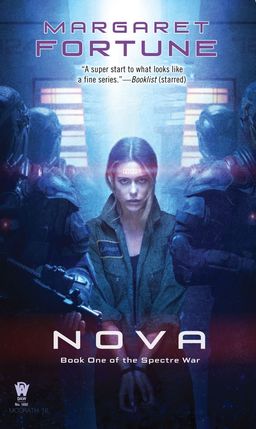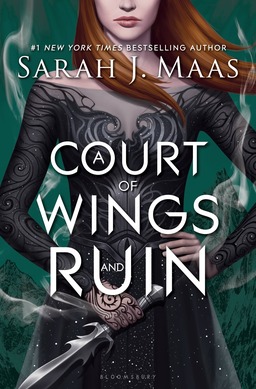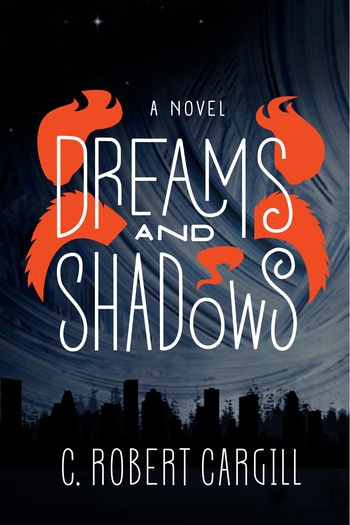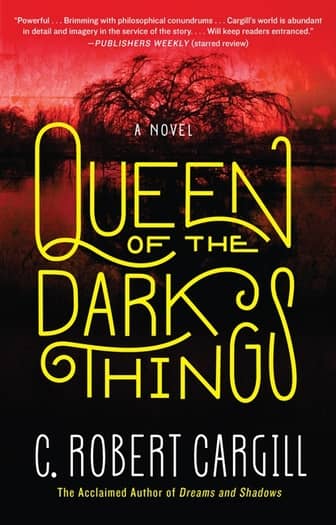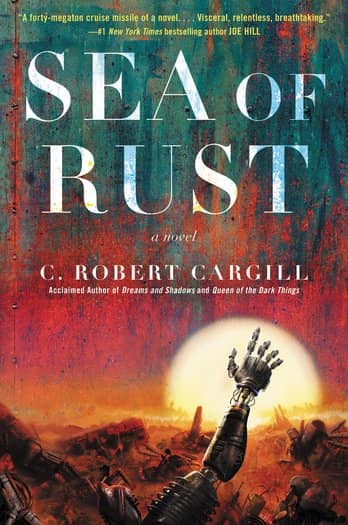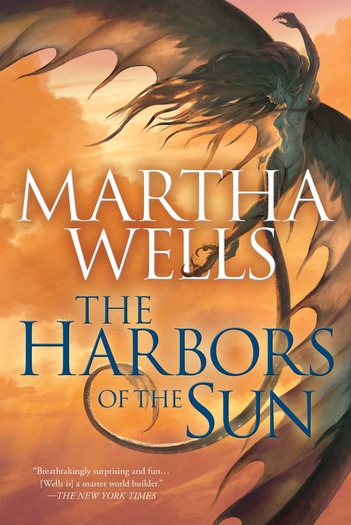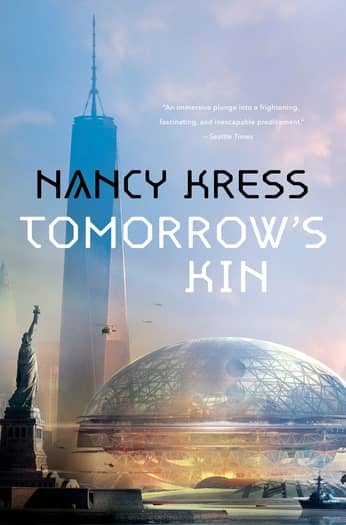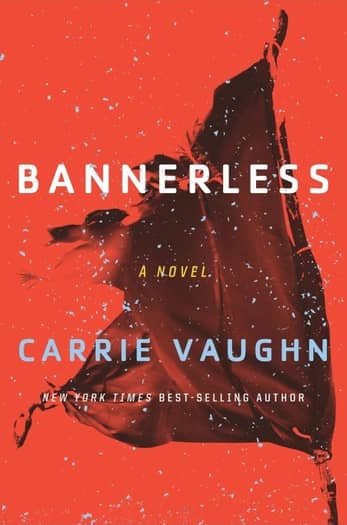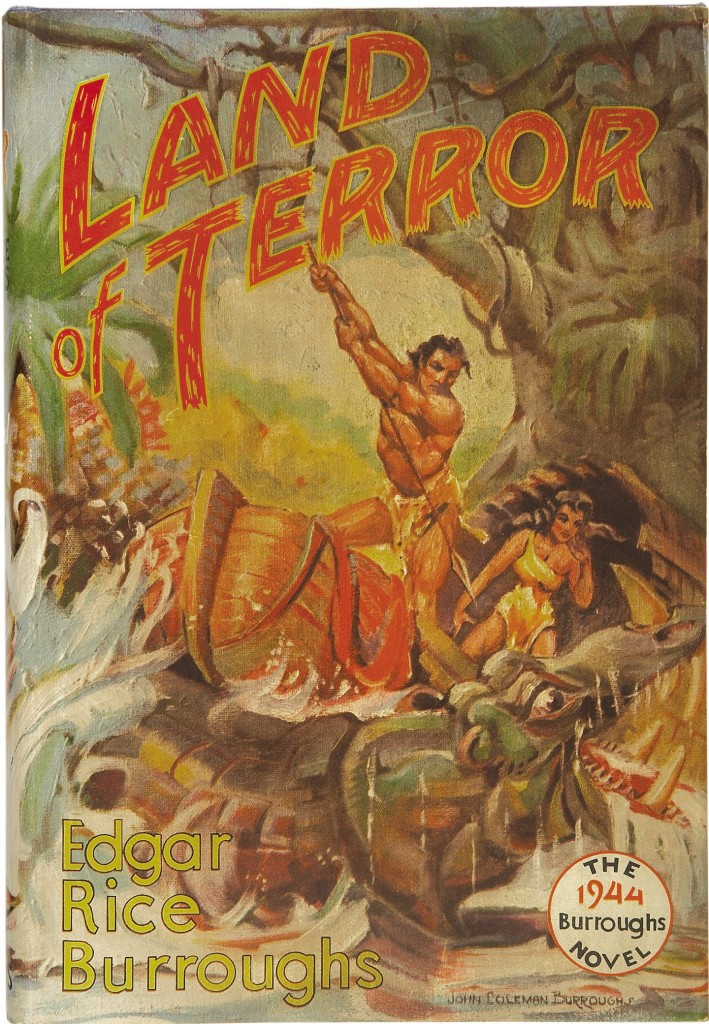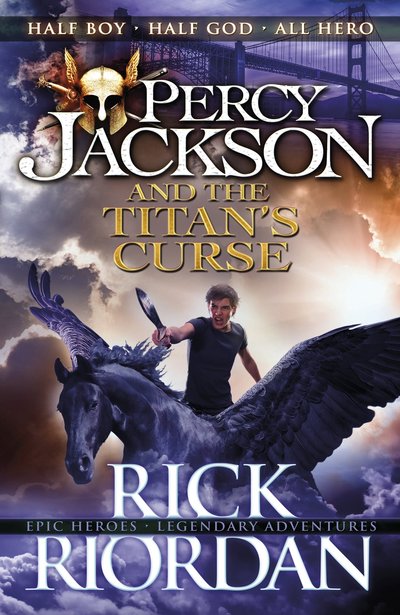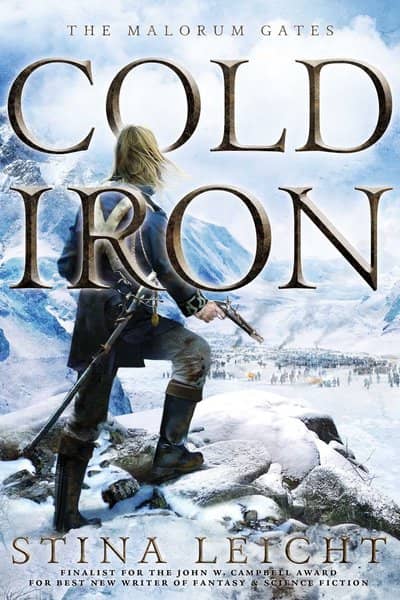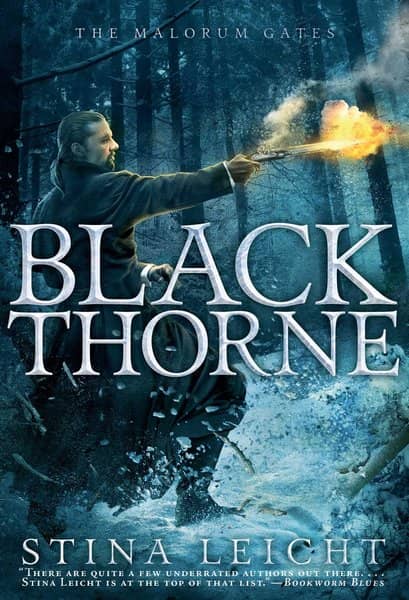Lore of the Witch World by Andre Norton
By the western wall of Klavenport on the Sea of Autumn Mists — but you do not want a bard’s beginning to my tale, Goodmen? Well enough, I have no speak-harp to twang at all the proper times. And this is not altogether a tale for lords-in-their-halls. Though the beginning did lie in Klavenport right enough.
— from “Legacy from Sorn Fen”
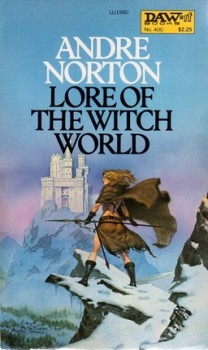 I’ve written before that Andre Norton’s Witch World books is a series I avoided for way too long. There were two things that kept me away from them over the years. The first, when I was younger, was their name: Witch World. It seemed a little too twee. When I was older there were so many other things I wanted to read that it never crossed my mind to investigate Andre Norton’s catalogue. If she ever occurred to me at all, it was as the author of Starman’s Son and several other books shelved in the children’s section at my local library. Later, I found a few scattered Norton volumes in the boxes of paperbacks my dad kept in the attic but, again, nothing prompted me to read them. At the time, the cover of “Witch World” turned me off. (Today I love the goofy looking thing.)
I’ve written before that Andre Norton’s Witch World books is a series I avoided for way too long. There were two things that kept me away from them over the years. The first, when I was younger, was their name: Witch World. It seemed a little too twee. When I was older there were so many other things I wanted to read that it never crossed my mind to investigate Andre Norton’s catalogue. If she ever occurred to me at all, it was as the author of Starman’s Son and several other books shelved in the children’s section at my local library. Later, I found a few scattered Norton volumes in the boxes of paperbacks my dad kept in the attic but, again, nothing prompted me to read them. At the time, the cover of “Witch World” turned me off. (Today I love the goofy looking thing.)
Not until I started contemplating blogging about swords & sorcery did I actually read anything by Andre Norton. When I started expanding my library of S&S books, there were several anthologies I finally picked up, one being Flashing Swords #2, edited by Lin Carter. I had read some of its stories before, but not Norton’s Witch World story, “The Toads of Grimmerdale.”
I was surprised by the darkness of the story. Like I said, I had assumed the Witch World stuff was light and airy and my first encounter with it was a story of revenge for rape, set in a country savaged by years of war. Well I was hooked, and I scanned my shelves for any other Witch World stories. I found “Spider Silk” in Flashing Swords #3, and “Falcon Blood” in Amazons!, edited by Jessica Amanda Salmonson. I rooted through boxes in the Vredenburgh attic and dug out my dad’s ancient copy of the first novel, Witch World, and devoured it. Its inventiveness, fast pacing, and the sheer fun of it made me an instant fan.

